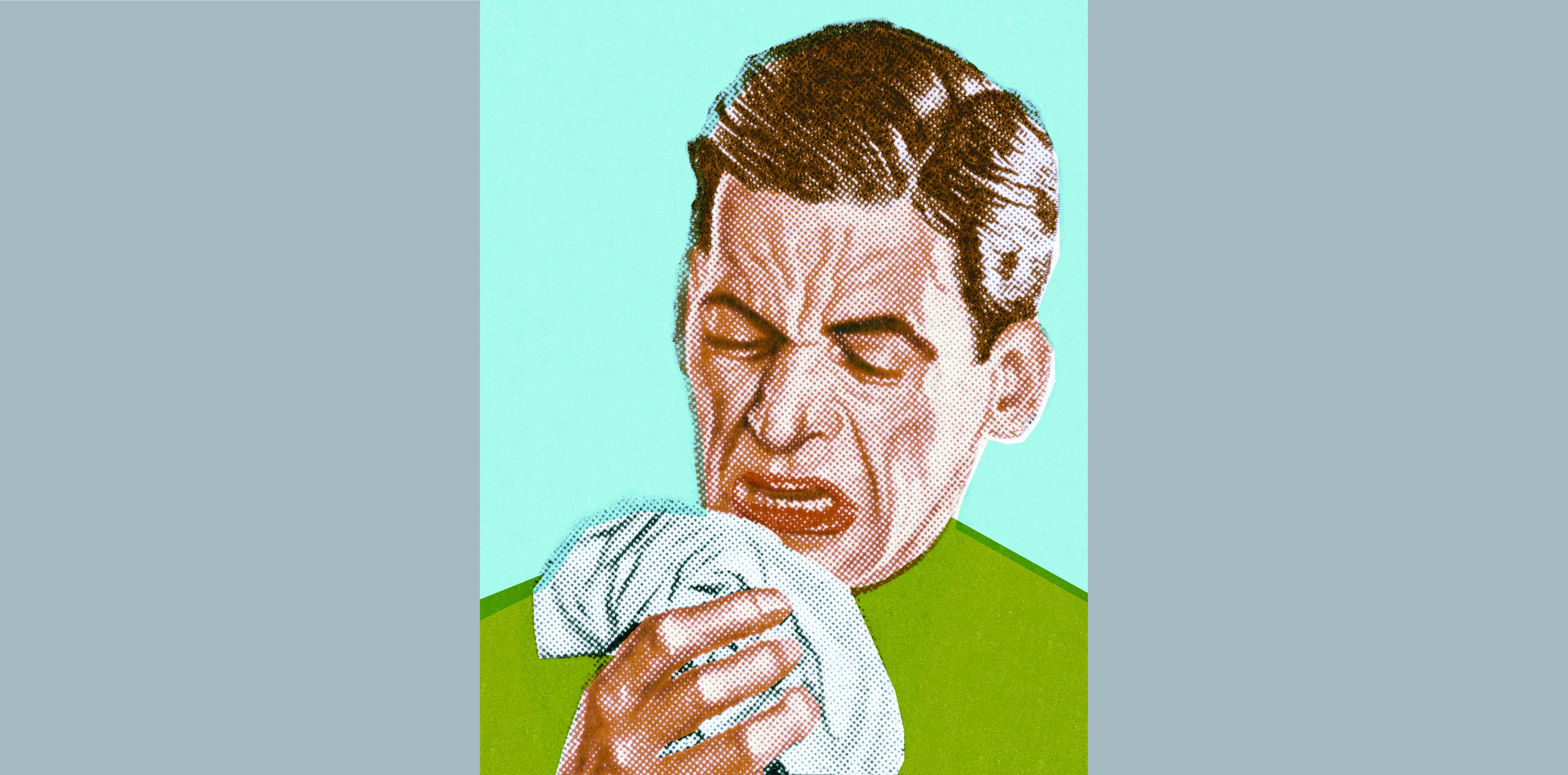Has the COVID-19 pandemic changed forever the way GPs see and treat patients with cold and flu symptoms?
Signs on clinic doors reading “STOP! Do you feel unwell?” have become just one of many mechanisms for deterring potentially infectious patients from entering GP clinics during this COVID-19 pandemic.
And while these methods have enabled GPs to protect their staff and patients, they’ve also excluded a significant proportion of Australians from seeing their doctors face-to-face.
So will traditional appointments with patients with cold and flu-like symptoms become a thing of the pre-COVID-19 past?
At this stage, it is unclear whether the models employed during this pandemic to mitigate infection risk, including telehealth triaging and the emergence of dedicated respiratory clinics, will continue after the pandemic passes.
The funding for the Medicare telehealth item numbers, which were bought into effect in mid-March, is set to cease on September 30. But there is no word yet on what will happen to remaining federal funding of $206.7 million, which was set aside for the establishment of up to 100 GP-led respiratory clinics, or whether these clinics will receive additional funding after the pandemic.
Dr Mark Spanner, a Gold Coast GP who set up one of the first government-funded respiratory clinics, thinks the respiratory clinic model will have a role to play in the future, but having too many of these clinics would be impractical.
“I think we (GPs) need to look at the options for the future, now, and not just sit and wait for the government to decide what the future of respiratory clinics will be, and if they should be shut down,” dr Spanner said.
When Dr Spanner started the Burleigh Cove respiratory clinic, health authorities were preparing for at least a quarter of all Gold Coast residents, about 140, 000 people, to be infected with COVID-19 by the end of September.
On its busiest days, the pop-up clinic was seeing 84 patients a day. Now, it’s closer to 50 patients a day.
“Every day is different, some days we start to think the numbers are down, and then suddenly we have lots of tests to do again,” said Dr Spanner.
“But people are still getting tested and listening to medical advice that if they have symptoms, to go and get tested for COVID-19.”
For the short term, respiratory clinics which show consistently negative results from COVID-19 testing are playing a key role in allowing state health authorities to see which geographic locations are a low risk.
But Dr Spanner said that going forward, separating patients with respiratory symptoms from the general patient population would continue to be a challenge for general practice.
“I think this risk will remain, certainly for 18 months, or when a vaccine, or treatments, become available,” he said.
“I think we will still see coughs and colds coming to general practices, but I think the way we manage people who are infectious will certainly be changed. I think every medical practice will always now have to think and ask themselves ‘How do we know that everyone is safe inside the building?’”
And if, and when, the risk of COVID-19 passes – what will the future be for the respiratory clinics?
Dr Spanner said they could play an ongoing role in cold and flu surveillance in the community.
“GPs already do a fantastic job in flu management, but I think respiratory clinics could have potential, if they were run in collaboration among local GPs, not by just one practice, and were used as a tool to help keep GPs, their patients, and staff safe,” he said.


